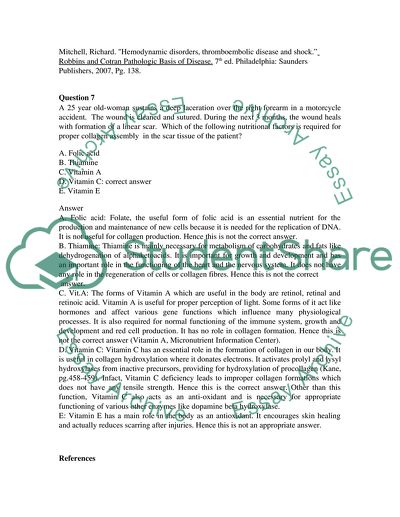Cite this document
(Central Nervous System Test Assignment Example | Topics and Well Written Essays - 1750 words, n.d.)
Central Nervous System Test Assignment Example | Topics and Well Written Essays - 1750 words. https://studentshare.org/medical-science/1542981-pbl2
Central Nervous System Test Assignment Example | Topics and Well Written Essays - 1750 words. https://studentshare.org/medical-science/1542981-pbl2
(Central Nervous System Test Assignment Example | Topics and Well Written Essays - 1750 Words)
Central Nervous System Test Assignment Example | Topics and Well Written Essays - 1750 Words. https://studentshare.org/medical-science/1542981-pbl2.
Central Nervous System Test Assignment Example | Topics and Well Written Essays - 1750 Words. https://studentshare.org/medical-science/1542981-pbl2.
“Central Nervous System Test Assignment Example | Topics and Well Written Essays - 1750 Words”. https://studentshare.org/medical-science/1542981-pbl2.


